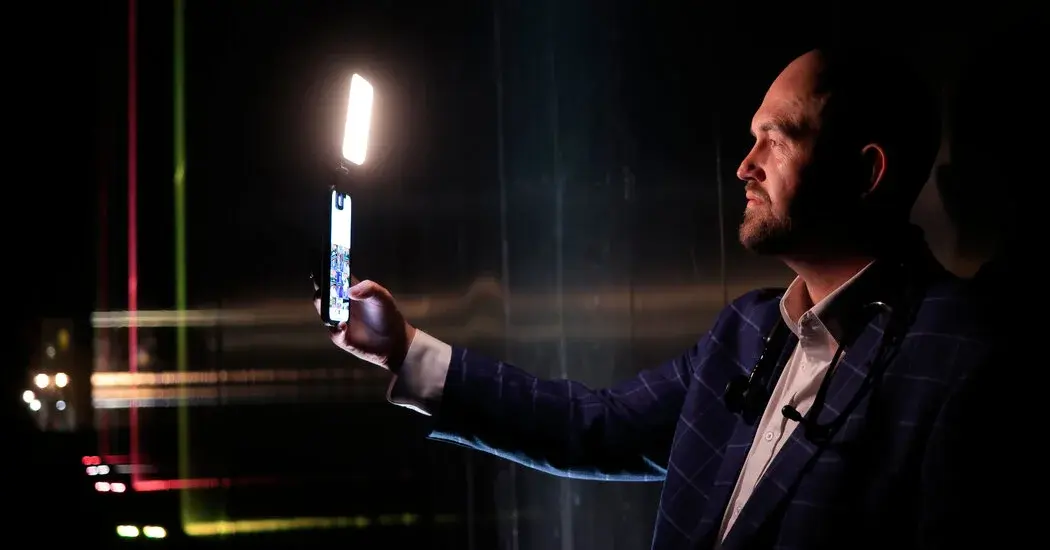

The problem with zipper merges as this person describes them is a zipper merge is SUPPOSED TO get traffic back up to speed. However, when your take on the zipper merge is “up there where the wreck is at the last possible spot I can merge” there’s no time for a human to safely merge at speed. So everything has to continue at a crawl.
So the people jumping out of their lane and “zipper merging” at the last second instead of 50 feet out or so end up making things worse for everyone.
The zipper does not and should not be at the point of the physical problem on the road. Just like you should not just drive to the end of the on ramp and at the last possible second merge into the lane on your left without paying attention.




“Unused road” is ridiculous except in extremes. Unless people merge well over a mile back, 1 lane of traffic will make no difference. The only way “unused road” matters is for the people that haven’t entered the traffic jam yet who are getting off before they reach it.
Very few people (from what I’ve seen) merge more than 30 car lengths out. 30 cars is not going to make a difference.
What does make a difference is the fact that we can’t do a merge at speed because some people want to “zipper late.” It’s the zipper behavior that matters, the “at the very end” part never should’ve been added to that recommendation.
Looking at an actual research paper about this, the zipper merge demonstrated is not at the last possible point. A merge point forms ahead of that point and that’s what should be used. The pictures from their study show the zipper occurring over a wide area with many of the zipped cars driving in the middle.
https://rosap.ntl.bts.gov/view/dot/35694
I don’t know how studies like this have become the recommendations we have. They seem to me to miss critical bits.
Edit: based on my quick read, it’s worth noting the study finds only minimal support for the zipper merge and only in contexts not involving trucks largely based on visual analysis from their video feed as the quantitative data was not statistically significant. We need better transparency on recommendations like this frankly and the research supporting them. We should be able to have an honest debate on the merits of the papers.